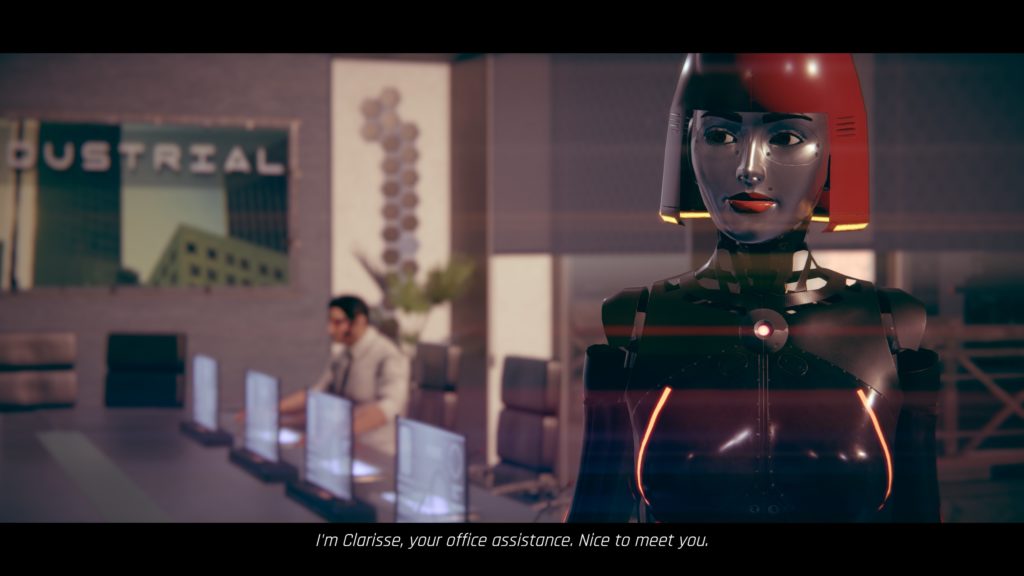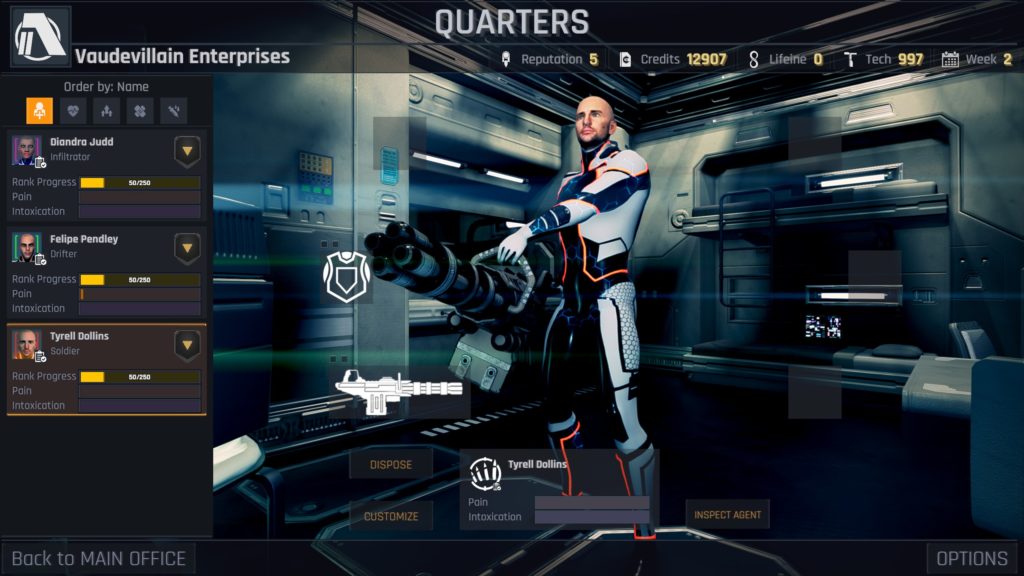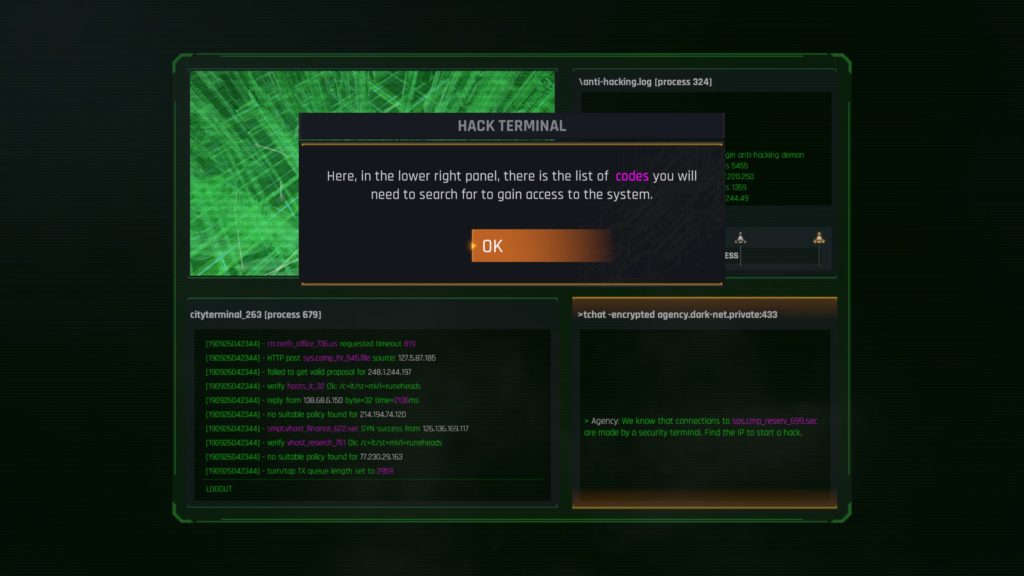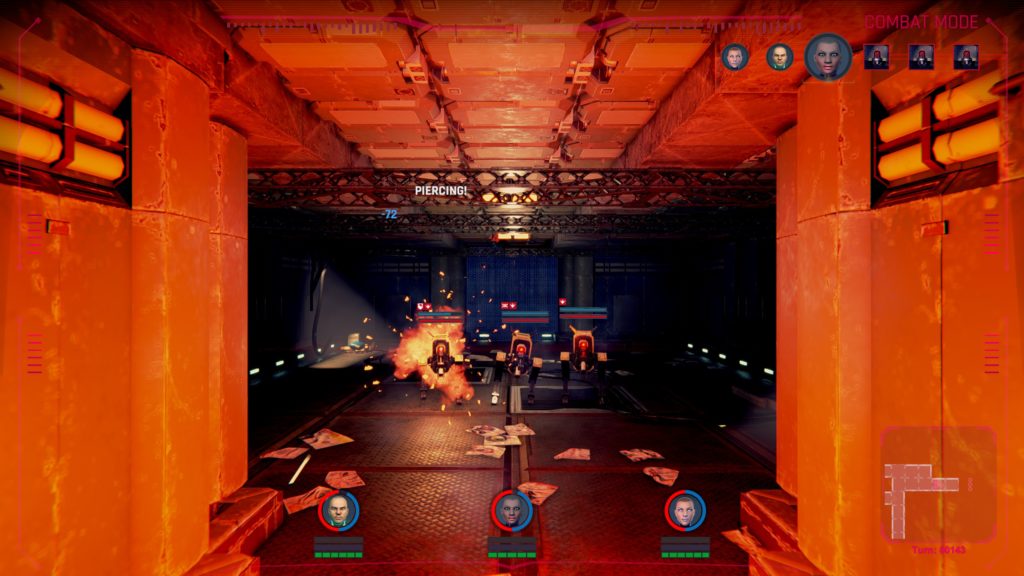Conglomerate 451 (Early Access Review)

Source: Review Copy
Price: £16.99
Where To Get It: Steam
So… A city called Conglomerate, run by crimelord corporations, and we are… A not-crime corporation trying to take down the other corporations? Honestly, I find that last part the hardest to believe, and something that disqualifies it from being truly cyberpunk (more a… Dystopian sci-fi), but, whatever. This is the setup to Conglomerate 451, a step based, mission based RPG with elements from turn-based strategy games (between mission upgrades and research, expendable clone soldiers, healing, research, and some other things taking a mission or two)

And, having described the basics, I’m … Nah, there’s a fair amount of details, and critique to get through here, so it’s all good. And, honestly, apart from a few things that I don’t like, and a few things I’m giving fair warning on… It is pretty promising. Although, at first, it’ll seem a bit confusing, beyond the basics of “Move around (turning doesn’t cost a move.) If someone sees you, you start a turn-based fight where you can use one of four special abilities, until one or the other group is dead. interact with things, loot things, hack things, steal things. The mission is either to interact with a thing, kill a thing, or kill lots of things.” What are these special abilities? How do I upgrade them? What’s this “Vision” thing? And why does this bigass gun only have 9m range?

Thankfully, though, there are tooltips (Although the ones for stats are slightly hidden, which is annoying, and only slightly helpful, also annoying. Arrow next to the stat block, then select a stat.) The game also eases you in, giving you simple missions until you’ve gotten the hang of things, cheap research, and then slowly ramps up the difficulty. And what do missions get you, apart from loot and the ability to upgrade people? Well, they make each corporation a little less popular, a little less powerful, and they make you a little more powerful.
The only crit I’d really have here is that I seem, currently, to have less things to spend money on than any other currency, leaving me with silly amounts of money, but nothing to buy because I’m limited by Tech (less amounts per mission) or Lifeine (only available, currently, with side missions you don’t participate in, but send agents to, with a chance of failure)
Then there’s the maps. You find pretty early on that there’s only some map variation for each area, the devil being, again, in where something is placed. Sometimes, you don’t even need to fight anyone once you’ve got a mission, be it in the first part (getting to the mission through the city area, with a chance to meet vendors) or the mission itself. Sometimes… You’ll be glad of the option, if you find it in the city area and hack it, of “Always ambush opponents in the mission.”

And then… There are the two minigames, one for hacking, one for extracting SPUs from whatever object apparently has them. The SPU game is a little off, but do-ably so, so long as you remember that you want to hit that square just before the wire hits it, and to switch panels by clicking on them once you’re done with (or want to prioritise) one. The hacking minigame, on the other hand… It’s tedious, there’s no other word for it. Find the correct highlighted memory address, port, or web address, click it… Now do that another two times. Sometimes, you luck out, and get 2 at once, but while it’s brief, it feels longer precisely because it’s dull.
Aesthetically, it works alright. Enemies are quite distinctive, and each area has its own types, from gangbangers, to drones, to that old standby of both sci-fi and fantasy, the infected zombiemans. The music is about what you’d expect (heavy synths, bass beats, and sometimes, contemplative treble tones), and the UX, with the one exception mentioned already, is alright. A bit workmanlike, but definitely alright.

And that’s the state of Conglomerate 451 right now: It’s certainly not a bad game, and it shows promise, but it is a little grindy, slightly unbalanced in terms of game economics, and a limited map pool to work from (Which, honestly, isn’t that bad, considering it also lets you know roughly what to expect.)
The Mad Welshman reminds people that, to properly call it cyberpunk, it has to be punk
